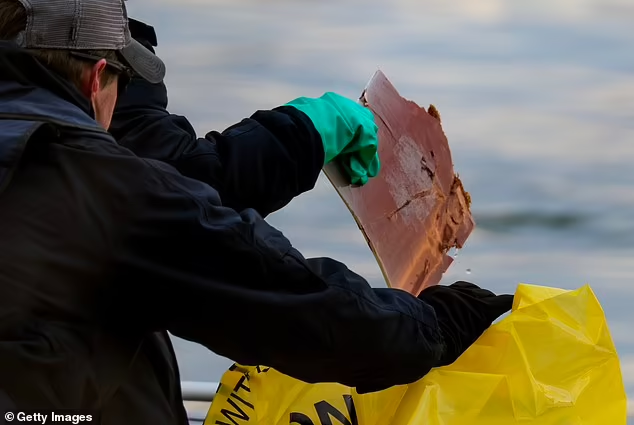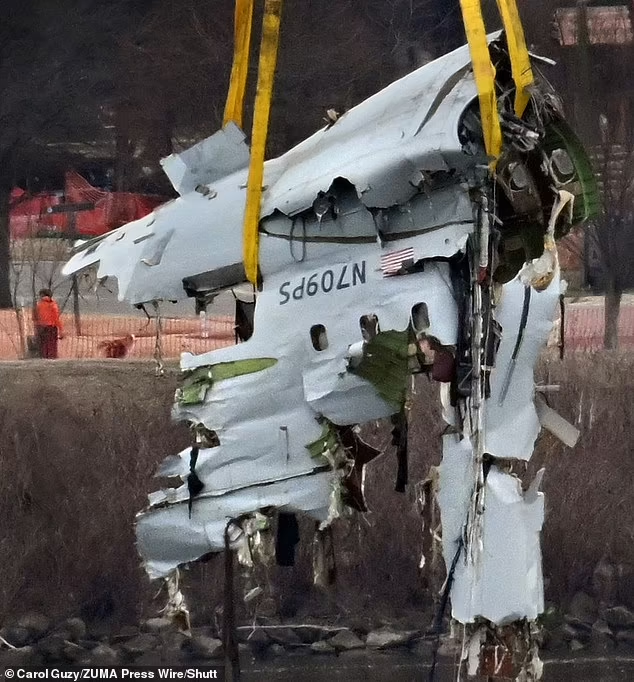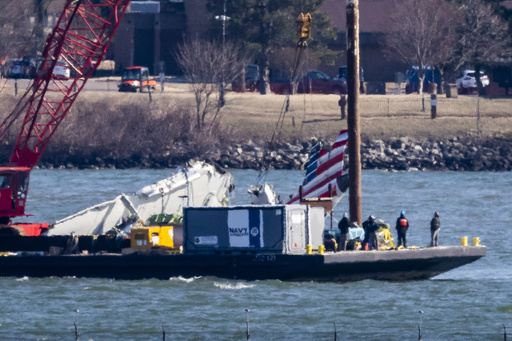A new NTSB report confirms the Black Hawk helicopter was flying 100 feet too high before its fatal collision with an American Airlines jet in Washington, DC.
The Black Hawk Army helicopter involved in last week’s deadly collision with an American Airlines passenger jet was flying at an altitude 100 feet higher than permitted, a new report from the National Transportation Safety Board (NTSB) confirmed Tuesday.
The crash, which claimed the lives of all 67 people on board both aircraft, has raised major concerns over air traffic procedures at Reagan National Airport, one of the busiest and most complex airspaces in the country.
Helicopter was above safe altitude
According to newly released data from air traffic control radar, the Black Hawk was flying at 300 feet—despite regulations limiting helicopters to a maximum altitude of 200 feet in that airspace.

Radar data, which is rounded to the nearest 100 feet, indicated the aircraft was somewhere between 251 and 349 feet when it struck the commercial jet. Meanwhile, the American Airlines plane had been cleared to land and was descending at 325 feet when the collision occurred.
“The helicopter was not where it should have been at that moment,” said Brice Banning, the lead NTSB investigator. “This confirms our concerns from the initial black box data.”
Pilot made a last-second evasive maneuver

The aircraft was piloted by Captain Rebecca M. Lobach, 28, who was conducting a routine training exercise. Moments before the crash, the flight crew aboard the American Airlines jet made a last-second effort to pull the aircraft up in a desperate attempt to avoid impact.
“At one point very close to the impact, there was a slight change in pitch, an increase in pitch,” said NTSB official Todd Inman. “Unfortunately, there was simply not enough time.”
Recovery efforts and emotional toll
Authorities have now recovered all 67 bodies from the wreckage in the Potomac River. The victims included 60 passengers and four crew members aboard the jet, as well as three Army personnel aboard the helicopter.
Rescue and recovery teams have described the operation as one of the most harrowing in recent history.
“We are emotionally wiped out after seeing the horror up close,” an anonymous firefighter told reporters. “The water is actually very clear, and with our flashlights, we saw horrible things when we arrived.”
More than 300 emergency responders were deployed for the recovery effort, along with two Navy barges to lift heavy wreckage from the river.
Investigation timeline

The NTSB is expected to release a preliminary report within 30 days, though a full investigation may take over a year. Officials are examining whether air traffic control miscommunications, technical failures, or pilot error contributed to the crash.
“This is a complex investigation,” Banning said. “There are a lot of pieces here. Our team is working hard to gather all the data.”
The tragedy marks the deadliest aviation disaster in the U.S. since 2001, when an American Airlines jet crashed into a Queens neighborhood, killing 260 people on board and five on the ground.
As investigators work to determine exactly how this collision happened, families of the victims continue to demand answers, and concerns over airspace safety near Reagan National Airport remain at the forefront of national discussions.




